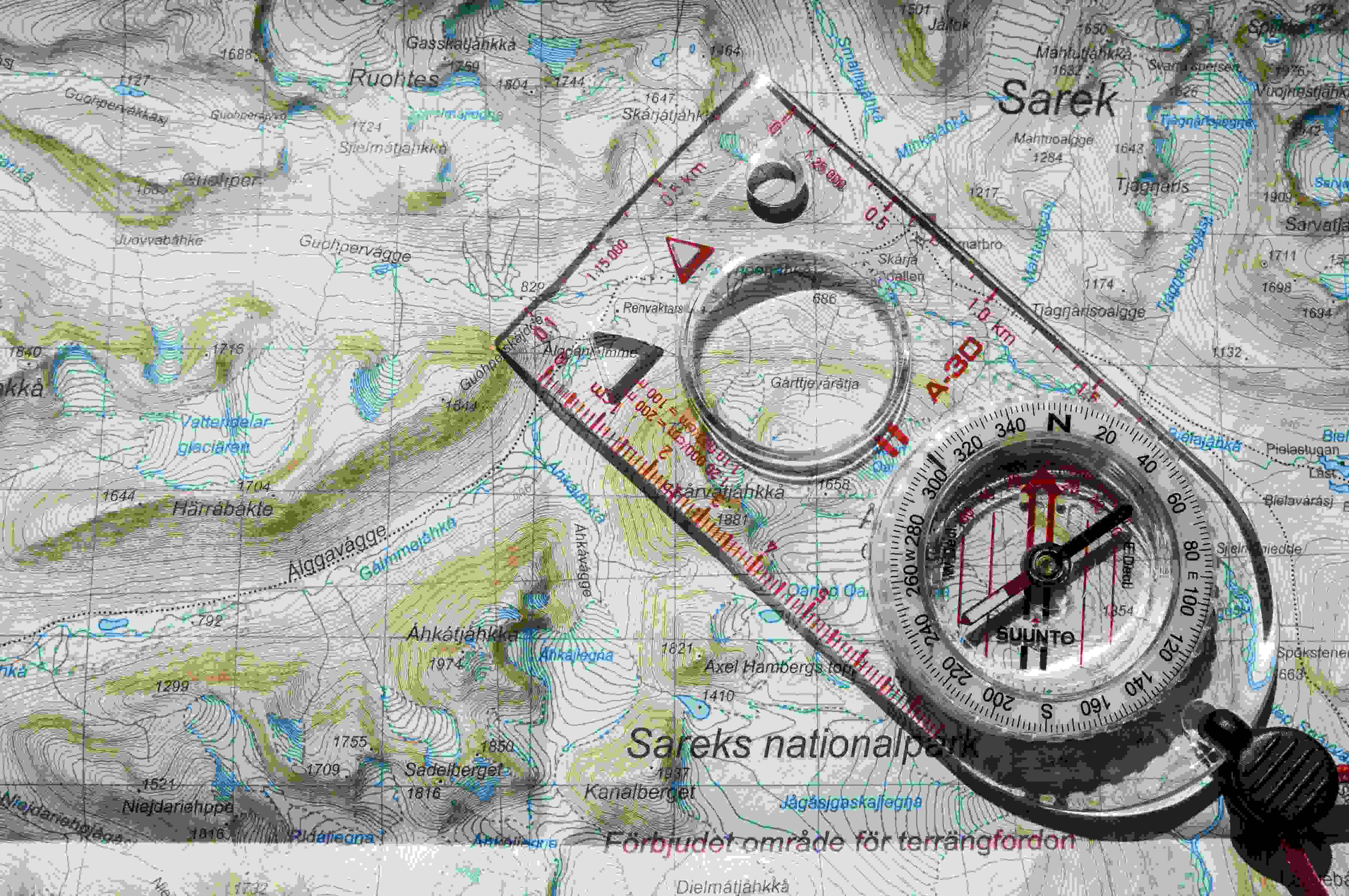
Making a paradigm shift in leadership development
The last two years have been among the most challenging for leaders who have had to lead through immense upheaval and uncertainty. They have had to embrace reinvention on a mass scale and maintain motivation in a hybrid work environment, while attending to their own and their teams’ wellbeing. Emerging from the pandemic is an opportunity to rethink the role of leaders and reset expectations. The purpose of this research is to explore how organizations’ expectations of leaders are changing and what that means for leadership development.
The pandemic has created great uncertainty for organizations. However, this came on the back of a business context of ongoing disruption and rising economic and geopolitical uncertainty. Leaders also have to contend with increased scrutiny from the public, media and investors, greater prominence of the ESG agenda, a shrinking and aging workforce, and the opportunities and threats of technology-driven change.
While the pandemic has not fundamentally changed our views of good leadership, we contend that today’s highly dynamic context does require leaders to adopt different mindsets, behaviors and skills. Remote working has required leaders to find different ways of establishing trust, creating high standards, motivating and monitoring performance.
We identified nine principal shifts in leadership, organized around three key dimensions: how leaders set direction; the organization infrastructure they need to build for rapid and adaptive strategy execution and how they relate to others.
- Outside-in thinking. Leaders need to develop their capacity for foresight, scanning their external environment for market signals, identifying patterns and developing insights.
- Adaptive strategy development anchored to purpose. Leaders have to set up their organizations to be adaptable and responsive while remaining focused on a consistent vision and purpose.
- Making sense of complexity. Leaders need to be able to chart a way through highly ambiguous situations, connect the dots between seemingly unconnected elements of the system and make decisions based on incomplete or conflicting information.
- Leading in an age of activism. The social contract between organizations and their stakeholders including employees, governments, the media, investors and the communities within which they operate is shifting. Leaders need to be prepared to be increasingly visible and transparent.
- Building capacity for agile execution. Leaders have to respond fast to emerging competitive threats and shifting customer expectations by building agility into processes for decision making and execution.
- Develop a culture of learning and experimentation. An experimental mindset, which enables a range of different options to be prototyped before taking a risk on full implementation, is needed when the context is uncertain. In practice, this is difficult for organizations and leaders who are not used to seeing value in ‘failure’.
- Leading remote and hybrid teams. Hybrid working is here to stay. Leaders have to become adept at establishing authentic human connection and team cohesion through virtual technology, ensuring fairness between remote and in-person teams and maintaining performance and motivation remotely.
- Leaders as enablers of others. We are witnessing an ongoing shift in
expectations away from leaders telling people what to do towards a coaching style that enables others to define their success and deliver against their objectives. Leaders need to demonstrate empathy, curiosity and humility to accept that they may not know all the answers. - Fostering inclusivity and wellbeing. Creating an inclusive culture that allows people to perform to their highest potential regardless of background has become a priority. Similarly, supporting employee wellbeing, particularly when working remotely, has become a leadership imperative.
As organizations grapple with the new demands of leaders and consider how to update their strategies for leadership development, we highlight a number of emerging trends.
- A realization that leadership development needs to support leaders on an internal journey to develop self-awareness, explore how they ‘show up’ as a leader, understand their impact on others, and build their capacity for dealing with complexity. This has implications for the design of leadership interventions, the make-up of cohorts and the skills required of those who design and facilitate these programs.
- We have seen a major shift away from face-to-face towards blended leadership development that combines in-person and virtual delivery. While we are seeing some return to in-person learning as organizations address a pent-up demand for human connection, organizations have had positive experiences of virtual delivery and are keen to retain the benefits. The more thoughtful organizations are being deliberate about which types of leadership development – in-person or online – are most effective in addressing their learning objectives and are designing blended programs accordingly.
- Experimenting with new ways of delivering experiential learning. Immersive or experiential learning can be effective in helping leaders practice the new capabilities they are expected to demonstrate. Immersive learning is increasingly being delivered virtually or using technologies such as virtual reality that allow leaders to experience highly uncertain environments.
- Leadership is a collective endeavor, and yet leadership development tends to focus on developing the individual leader at the expense of leadership teams. However, we are seeing an increase in demand for intact team development, where existing leadership teams undertake development together. Scheduling executive team development has been made easier by the use of virtual meetings and virtual interventions have proved more effective than expected in exploring
team dynamics and other relational-based leadership interventions. - Innovative approaches to action learning, which avoid the ‘make work’ we often see in these programs. These are leading to better alignment between the strategic business challenges organizations need to address and the development leaders need to prepare themselves to deal with these challenges. We describe this as ‘action-doing’ rather than ‘action learning’.
In summary, the last two years compelled the leadership development professional to ask ‘what is possible’ rather than ‘what has been proven effective’. The pandemic has been an opportunity to experiment and the leadership development
community has shown openness to trying new things. Technology-mediated innovations are coming to executive education and bringing new possibilities and exciting opportunities. Balancing open-mindedness with not chasing the hype, we come back to the fundamental question: how can we help organizations to develop effective leaders who can thrive in the present and lead into the future?
Research Information & Knowledge Hub for additional information on IMD publications
in I by IMD
Research Information & Knowledge Hub for additional information on IMD publications
Research Information & Knowledge Hub for additional information on IMD publications
in I by IMD 18 February 2025
Research Information & Knowledge Hub for additional information on IMD publications
in I by IMD Brain Circuits 14 February 2025
Research Information & Knowledge Hub for additional information on IMD publications
in I by IMD 14 February 2025
Research Information & Knowledge Hub for additional information on IMD publications
in I by IMD 13 February 2025
Research Information & Knowledge Hub for additional information on IMD publications
in I by IMD Brain Circuits 11 February 2025
Research Information & Knowledge Hub for additional information on IMD publications
in I by IMD 11 February 2025
Research Information & Knowledge Hub for additional information on IMD publications
Research Information & Knowledge Hub for additional information on IMD publications
in I by IMD 6 February 2025
Research Information & Knowledge Hub for additional information on IMD publications











